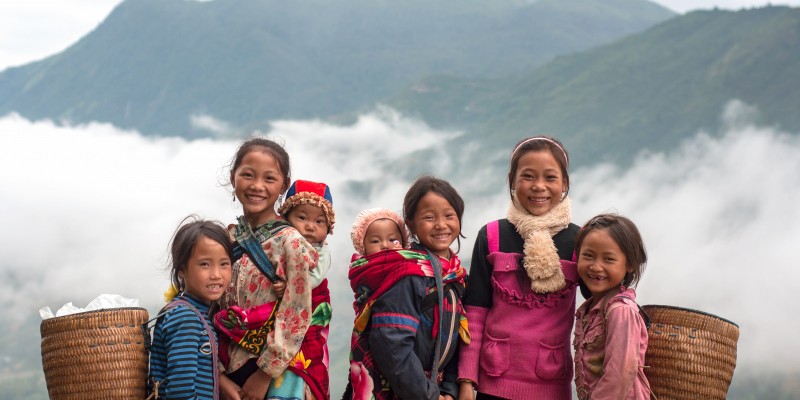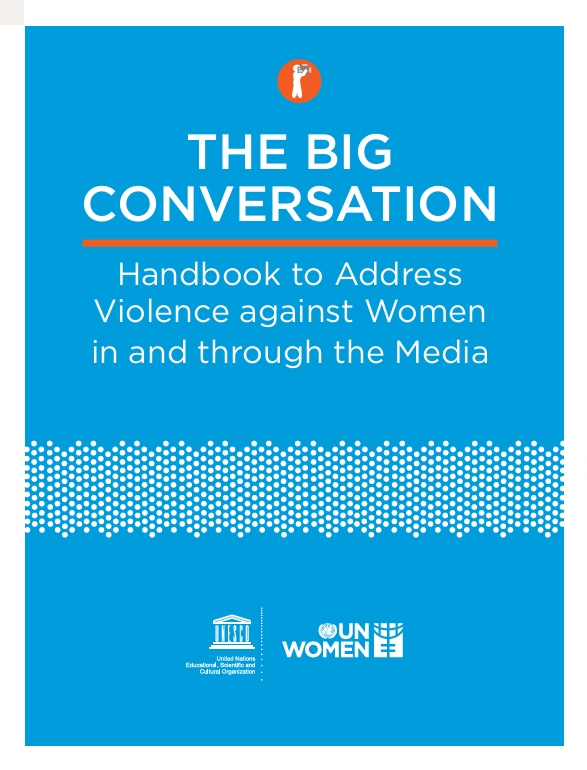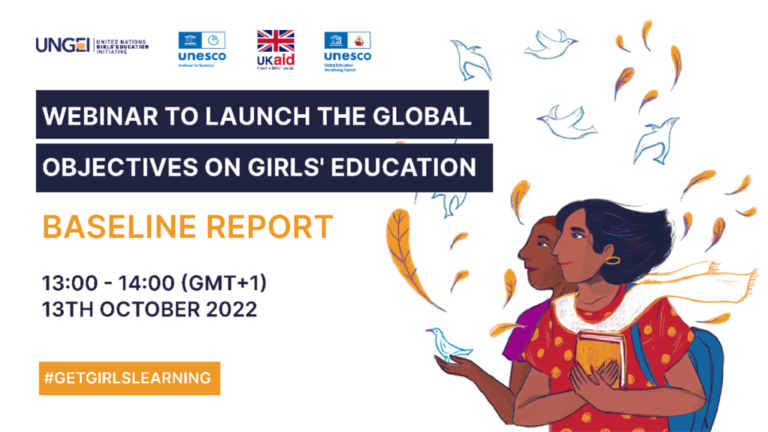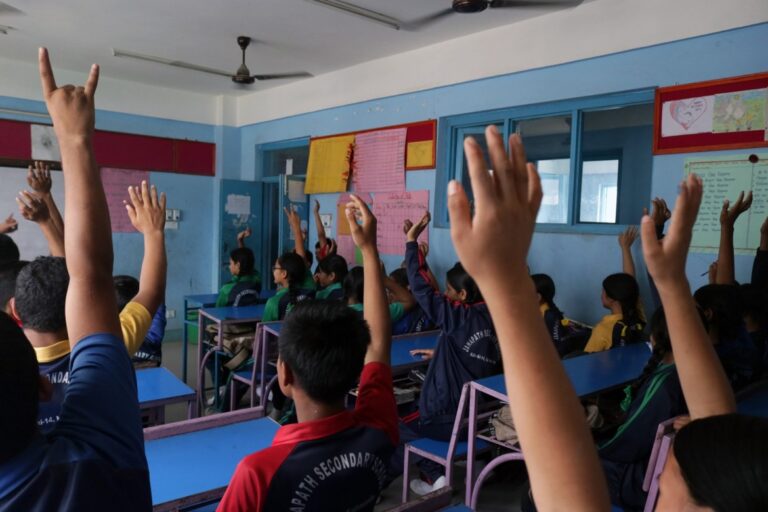By: UNESCO, Bangkok, Mar 08, 2018
This year’s International Women’s Day theme, “Time is now: Rural and urban activists transforming women’s lives”, calls for actions to empower rural women. Education is essential to these efforts.
Ensuring that girls and boys stay in school and benefit equally from quality education drove the Education for All movement and the international community again made this a priority in the Sustainable Development Goal 4- Education 2030 Agenda.
How is Asia-Pacific responding to this call? Despite significant progress over past decades, girls and women from disadvantaged backgrounds continue to lag behind in education in Asia-Pacific.
Here we take a look at some statistical trends that reflect the reality of women in education in Asia-Pacific and how close we are to realizing the SDGs’ promise of “leaving no one behind.”
Increasing number of females participating in education today
While challenges remain, we can also point to major advances in expanding education’s reach in Asia-Pacific. For example, according to the UNESCO Institute for Statistics (UIS), the number of girls and women who have gained access to education in the region increased substantially from 2000 to 2016. During that time, the number of female out-of-school children, adolescents, and youth of primary and secondary school age in the region dropped by 67 million. In 2016, 453 million[1] girls and women were studying from pre-primary to tertiary education in Asia-Pacific.
Participation in pre-primary to tertiary education was generally in favor of males across Asia-Pacific in 2000, according to the gender parity index of the gross enrollment ratio in the region. As the number of females going to school increased, gender parity was reached in Central Asia and East Asia and the Pacific in 2016. In fact, female enrollments increased in tertiary education by 41 million between 2000 and 2016, resulting in participation levels in this area being in favor of females in many parts of Asia-Pacific today. The map below, from the UNESCO eAtlas of Gender Inequality in Education, produced by the UIS, illustrates this trend.

Rural females have region’s lowest youth literacy rates
Although more girls and women in the region are able to access educational opportunities, females are still at a disadvantage, particularly those in rural areas.
Looking at literacy levels among youth – the percentage of people aged 15-24 who can read a simple sentence – illustrates this disparity. Females in rural areas lag behind those from other socio-economic backgrounds. For example, in Pakistan, 86% of young males in rural areas were literate compared to only 52% of young females in rural areas. Likewise, in Timor-Leste, 79% of young women in rural areas were literate, which is below the national average of 86%.
Figure: percentage of young people aged 15-24 who can read a simple sentence
Source: WIDE database; Pakistan (DHS, 2012), Timor-Leste (DHS, 2009)
Advocating for girls’ education with data
While more girls and women are in school today in Asia-Pacific than ever before, we cannot afford to be complacent. Efforts must continue to ensure all children – girls and boys – have access to education, including the region’s 61 million out-of-school female children, adolescents and youth. Disaggregated data reveal that females continue to face higher barriers to education than males in rural villages.
Data present evidence to show where girls and women remain at a disadvantage and help guide our support to where it is needed most in the pursuit of gender equality.
***
UNESCO Bangkok’s Assessment, Information System, Monitoring and Statistics (AIMS) Unit is the Asia-Pacific regional office of the UNESCO Institute for Statistics (UIS). For more information about the UIS, consult the following resources:






